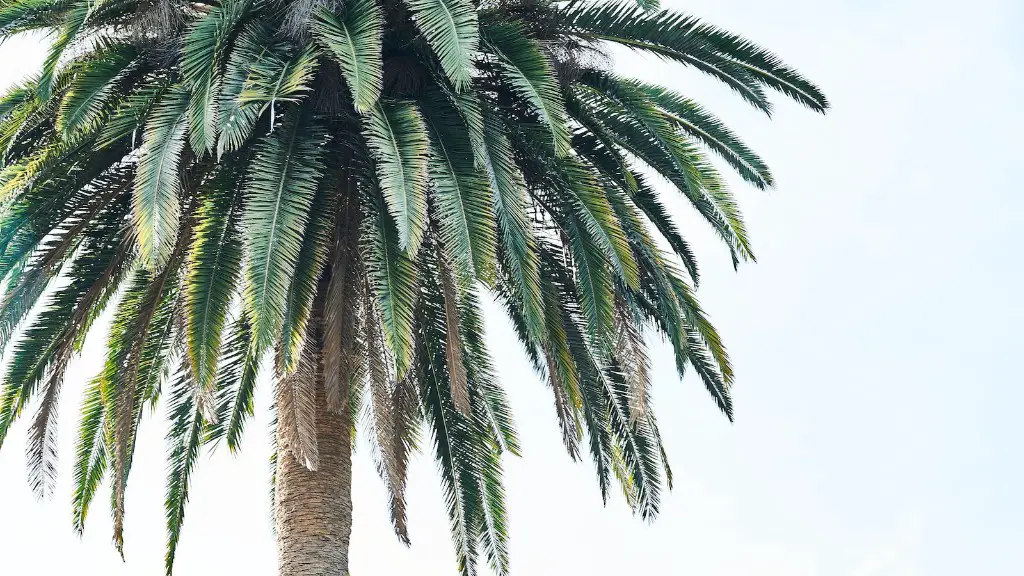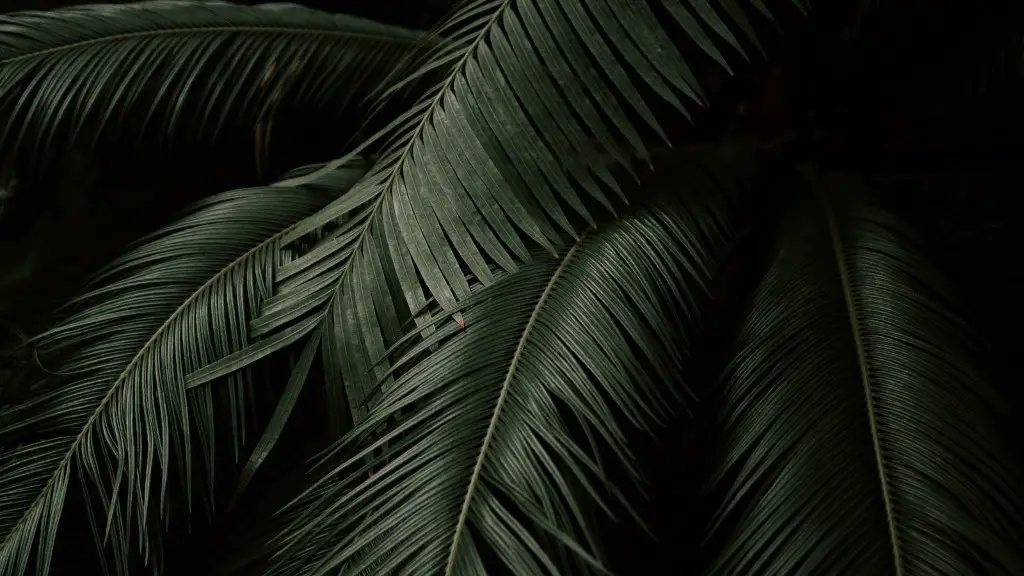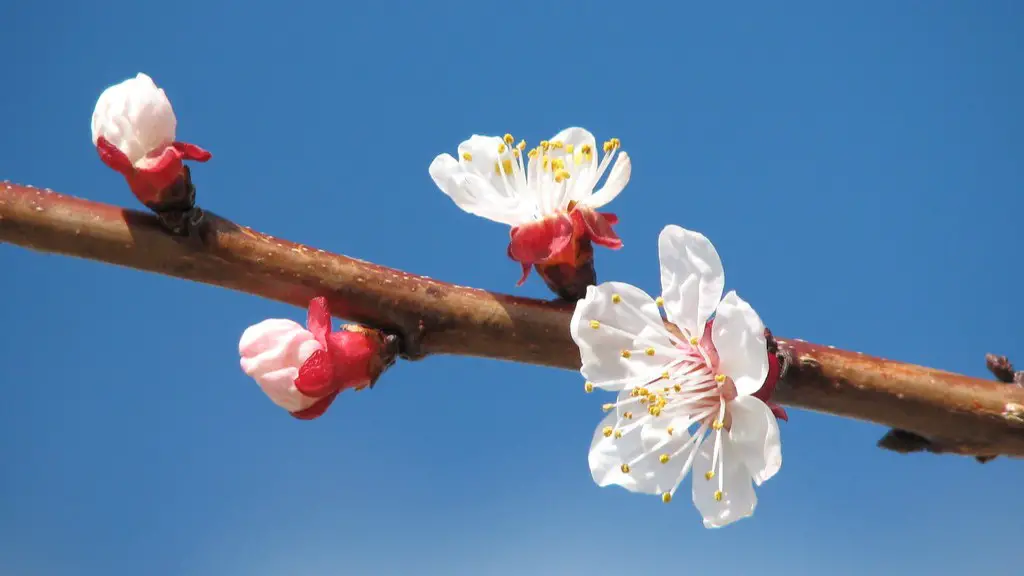1. When to Prune a Weeping Cherry Tree
The best time to prune a weeping cherry tree is in late February or early March, just before it starts to wake up from winter dormancy. This timing allows homeowners to take advantage of its slow growth process and defer the time of pruning if the weather is not ideal. Pruning too early can expose the tree to the frost ruining the blooms. Pruning too late can cause the stem to ooze sap, attract disease, and leave scars that can last for years.
2. Why Prune a Weeping Cherry Tree
Pruning a weeping cherry tree is important for its growth and health. Pruning helps to improve the tree’s structure, allows sunshine to reach the branches and leaves, and helps support a greater production of flowers in spring. It also helps ensure that the shape, size, and aesthetics of the tree remain in balance and it helps prevent any future issues from occurring.
3. How to Prune a Weeping Cherry Tree
The most important step in pruning a weeping cherry tree is to cut back the weak or dead branches that may have been weakened or killed by a storm or some other event. This helps to create a stronger and healthier tree that can withstand more exposure to the elements. It is important to keep the form of a weeping cherry tree and to not prune off large portions of foliage that can disturb the unique shape. Be sure to cut at a 45-degree angle, so that the cut is angled away from the tree’s base.
4. Serious Pruning to Avoid
It is important to avoid serious pruning or topping of a weeping cherry tree unless it is absolutely necessary to save the tree. Topping can cause the tree to become unstable and lose its form. It can also weaken the tree and make it more vulnerable to pests and diseases. Additionally, it can cause the tree to become overly vigorous and put out too many branches to the point that it is difficult to maintain.
5. Specialized Pruning Techniques
The only time serious pruning of a weeping cherry tree may be necessary is when pruning is needed to thin out an overcrowded tree or to reinvigorate an old, overgrown tree. The best and most effective way to do this is with crown thinning and crown lifting. Crown thinning helps to reduce the density of branches, allowing more light and air to reach the interior of the tree, while crown lifting raises the lowest branches above ground level and gives the tree a more elegant, sculptured look.
6. Monitoring During Pruning Season
When pruning a weeping cherry tree, it is important to monitor the tree closely during the pruning season, as the changes may cause the tree to become stressed or vulnerable to pests or diseases. To prevent any issues, you should aim to keep your pruning cuts tidy and controlled, and be sure to keep an eye out for any pests or signs of disease.
7. Aftercare of the Weeping Cherry Tree
After pruning, it is important to provide adequate aftercare to the tree. This includes reducing the amount of fertilizer applied to the tree and ensuring that it is properly watered. This will help the tree to regain its strength and strengthen its structure. Additionally, it is essential to remove any deadwood that may have been left behind during the pruning process.
8. Safeguards for Pruning a Weeping Cherry Tree
Pruning a weeping cherry tree requires caution. You should never prune a tree without proper protective gear, such as gloves and safety glasses, as the sap of the tree can cause skin or eye irritations. Additionally, it is also important to be aware of any potential electric lines in the vicinity of the tree prior to any pruning as these can be very dangerous.
9. Tree Maintenance
Weeping cherry trees require regular maintenance to ensure their health and flourishing. This includes the removal of any diseased or dead branches, as well as thinning out of excessive foliage. This will help to maintain the tree’s aesthetic shape and help to promote healthy growth.
10. Arborist Support
For any major pruning tasks that are beyond your scope, it is always a good idea to consult a professional arborist. An arborist can help to inspect the tree, diagnose any issues and recommend the best pruning method for the specific tree. Professional arborists are also more experienced and can help to ensure that the pruning process is done properly, with the long-term health of the tree in mind.
11. Alternate Pruning Considerations
In some cases, it may be necessary or beneficial to prune the tree outside of the traditional cold-weather pruning period. This can be done if the tree is in an area that is prone to drought or if the tree is overcrowded or becoming unbalanced. In these cases, it is important to still ensure that pruning is done in a manner that does not damage the tree and it is recommended that you still seek the advice of a professional arborist.
12. Pruning Tools
When pruning a weeping cherry tree, it’s essential to have the right tools. Pruning shears are a must-have in any pruning kit. These should be well-maintained, sharpened regularly and disinfected between uses. It is also important to have a good quality ladder in order to access any higher branches. Proper rope and rigging material should be used when pruning larger branches to ensure safety.
13. Winter Pruning Care
The winter is a time when the tree is in a deep dormancy, making it an ideal time for pruning. During this period, pruning helps to reduce the risk of any winter damage and can help the tree to receive more sunlight the following spring. However, it is still important to be cautious and ensure that any cuts are made correctly, with the long-term health of the tree in mind.
14. Seasonal Pruning Care
Weeping cherry trees should be pruned during the growing season, from late spring to early summer, to keep the tree in shape and healthy. During this period, pruning helps to reduce the risk of any damage due to winds and storms and can help to promote better flowering. Additionally, pruning during this season can help to reduce any unnecessary growth that may be caused by fertilizer or extra watering.
15. Expert Advice
Finally, it is always advisable to consult with an arborist or tree expert for advice on the best timing and techniques for pruning a weeping cherry tree. They will be able to assess the tree and advise on the best pruning regime and techniques for the particular tree. Arborists are also trained to spot the signs of disease and pests and can provide early treatment options if necessary.



